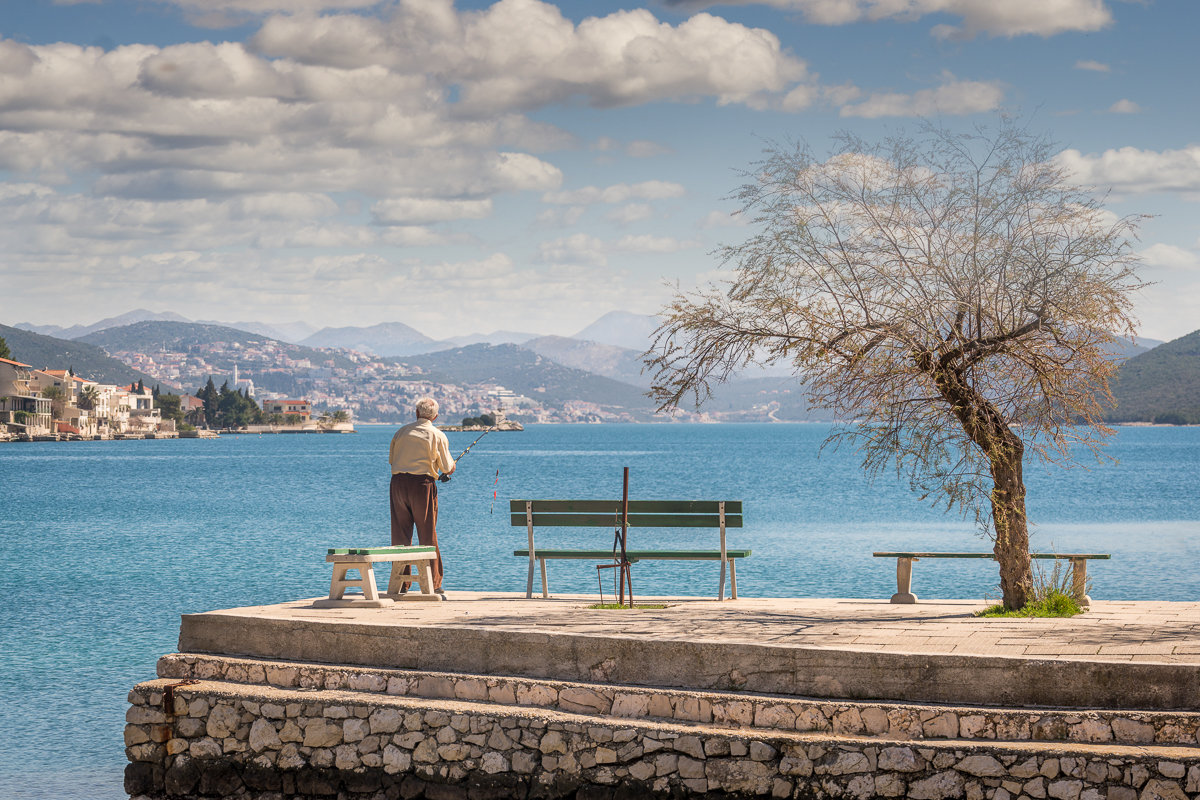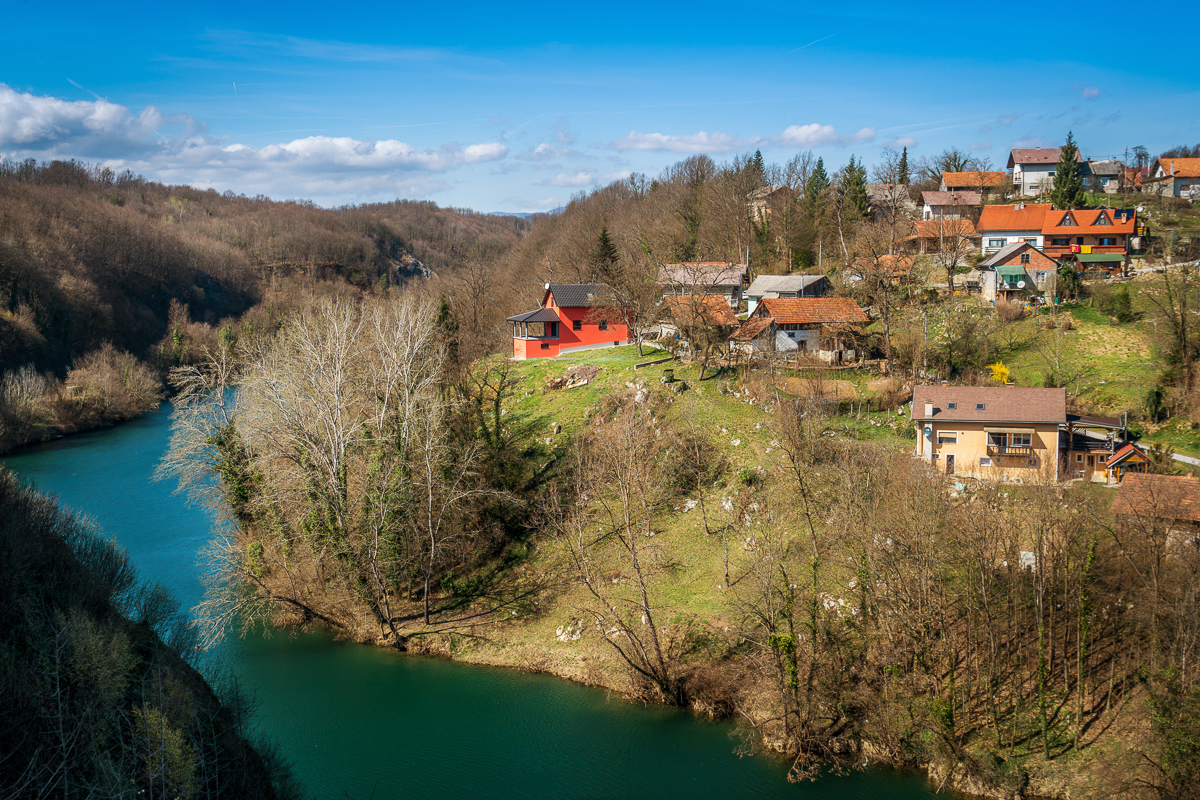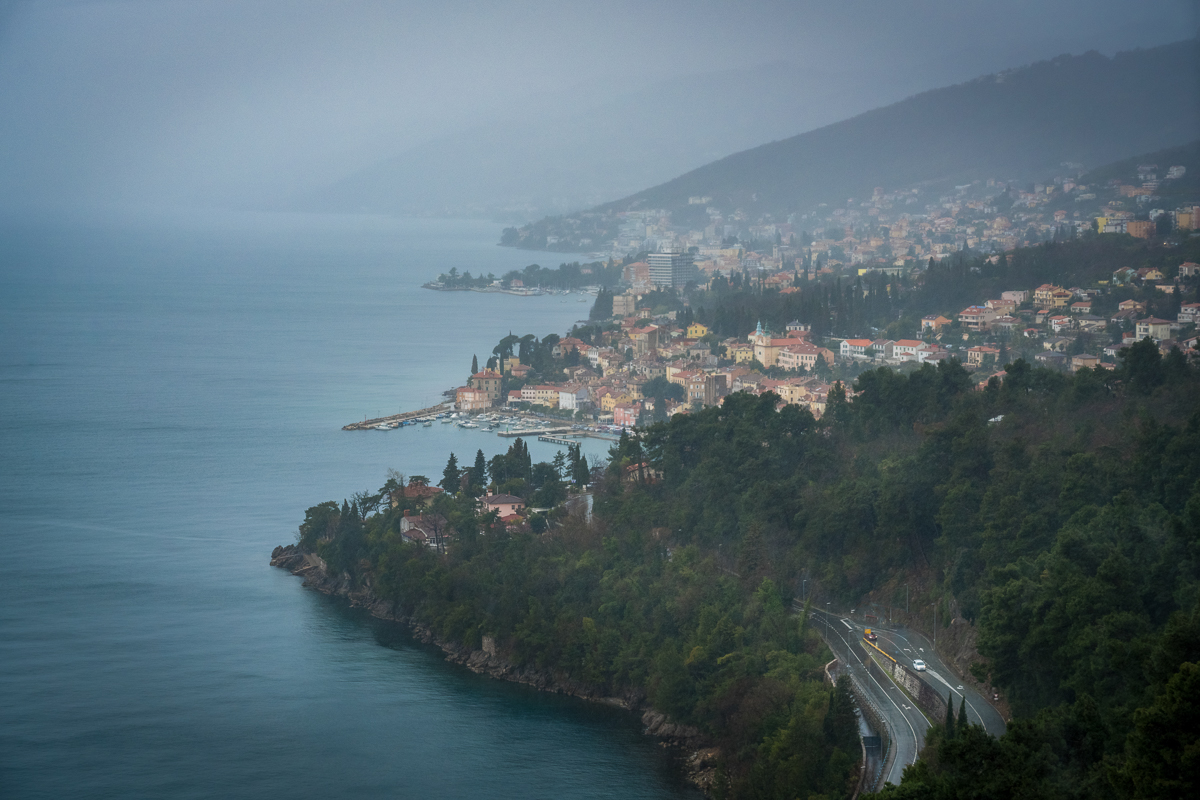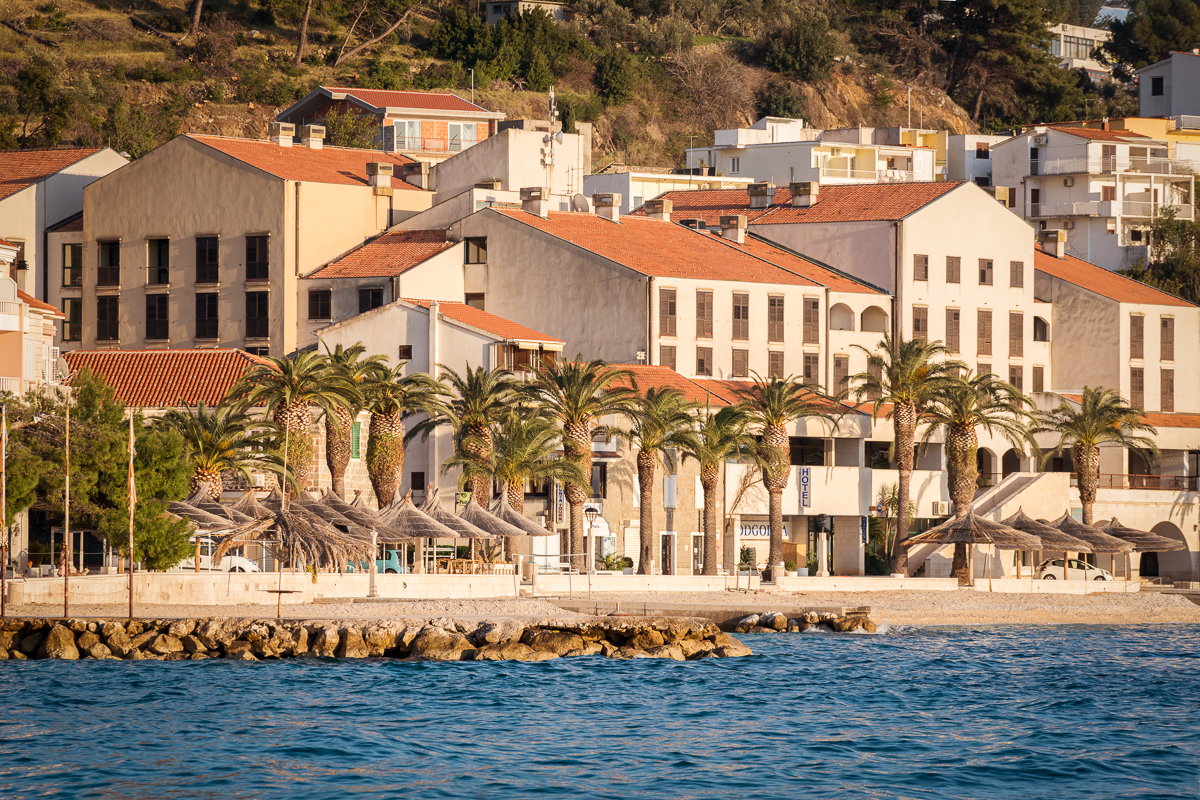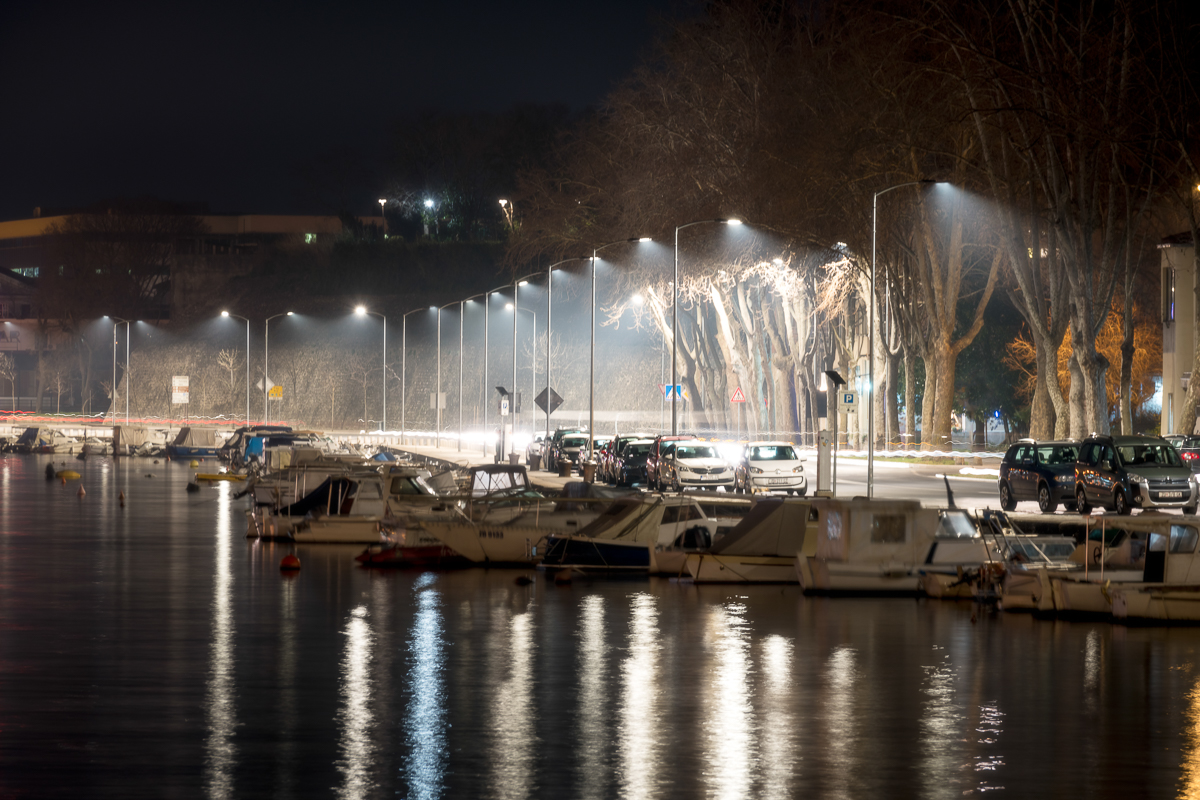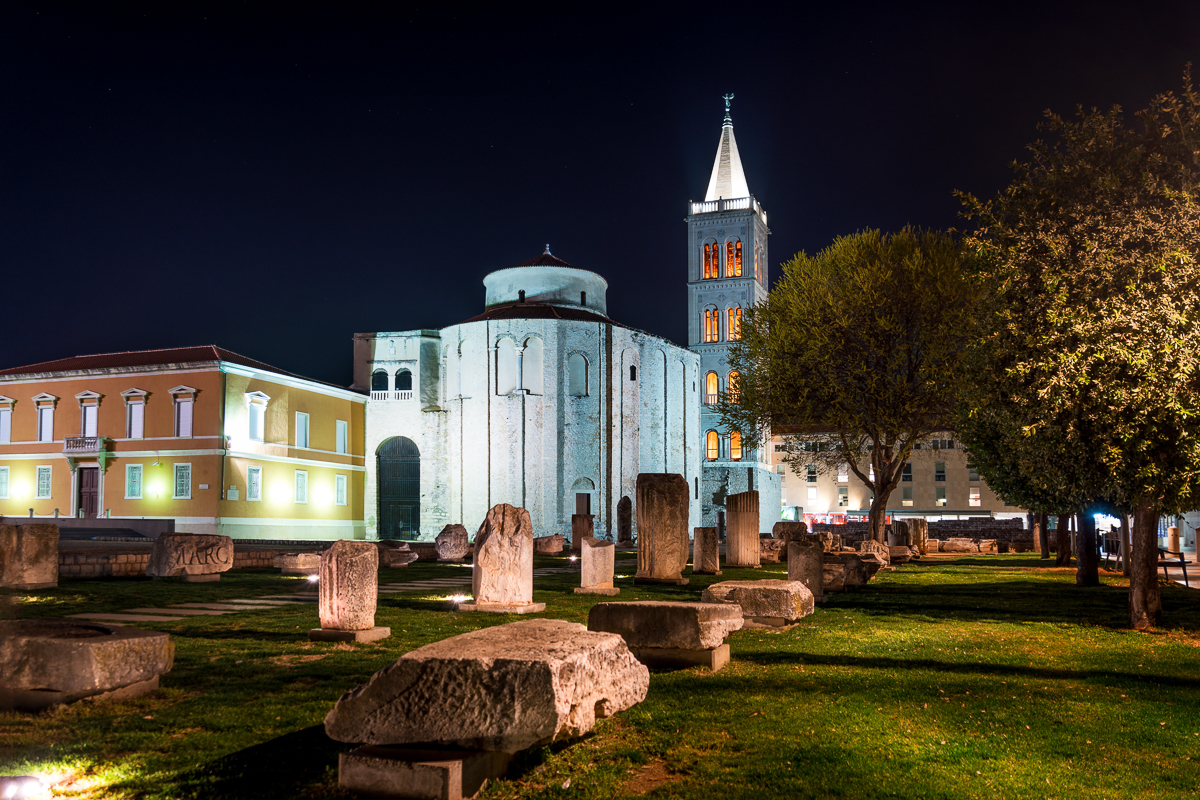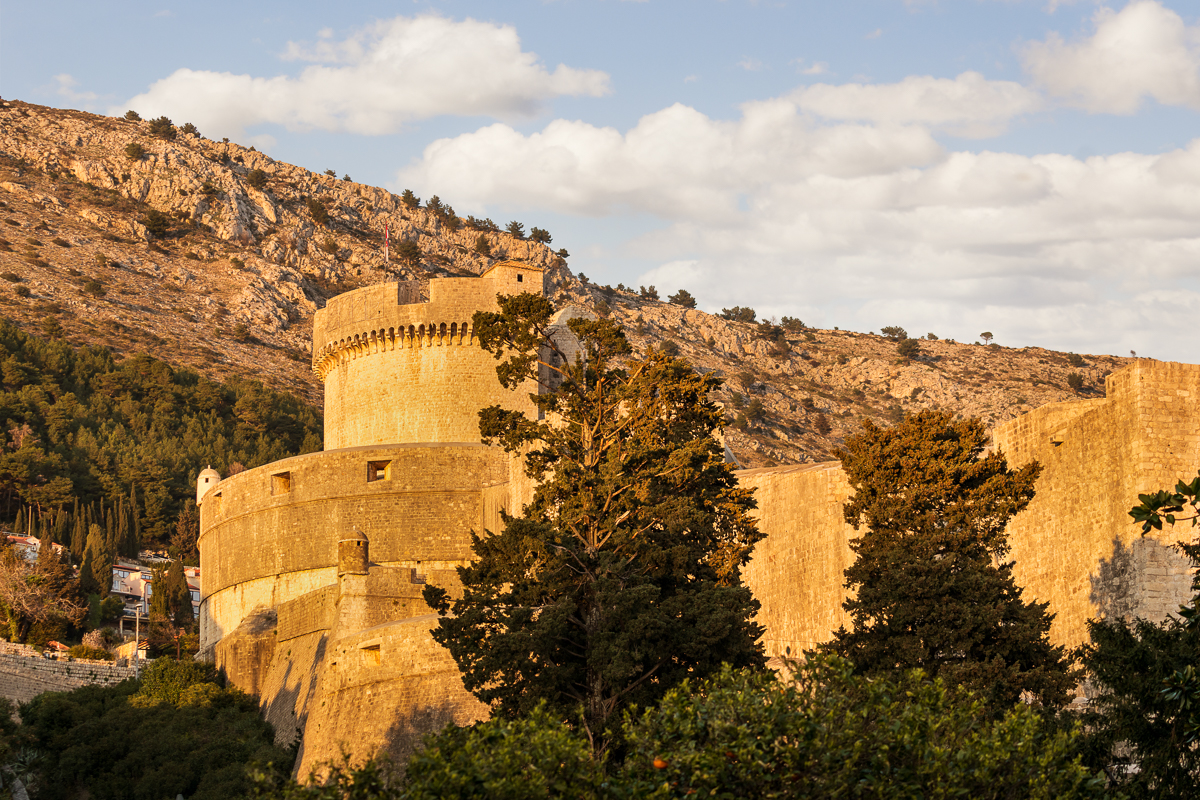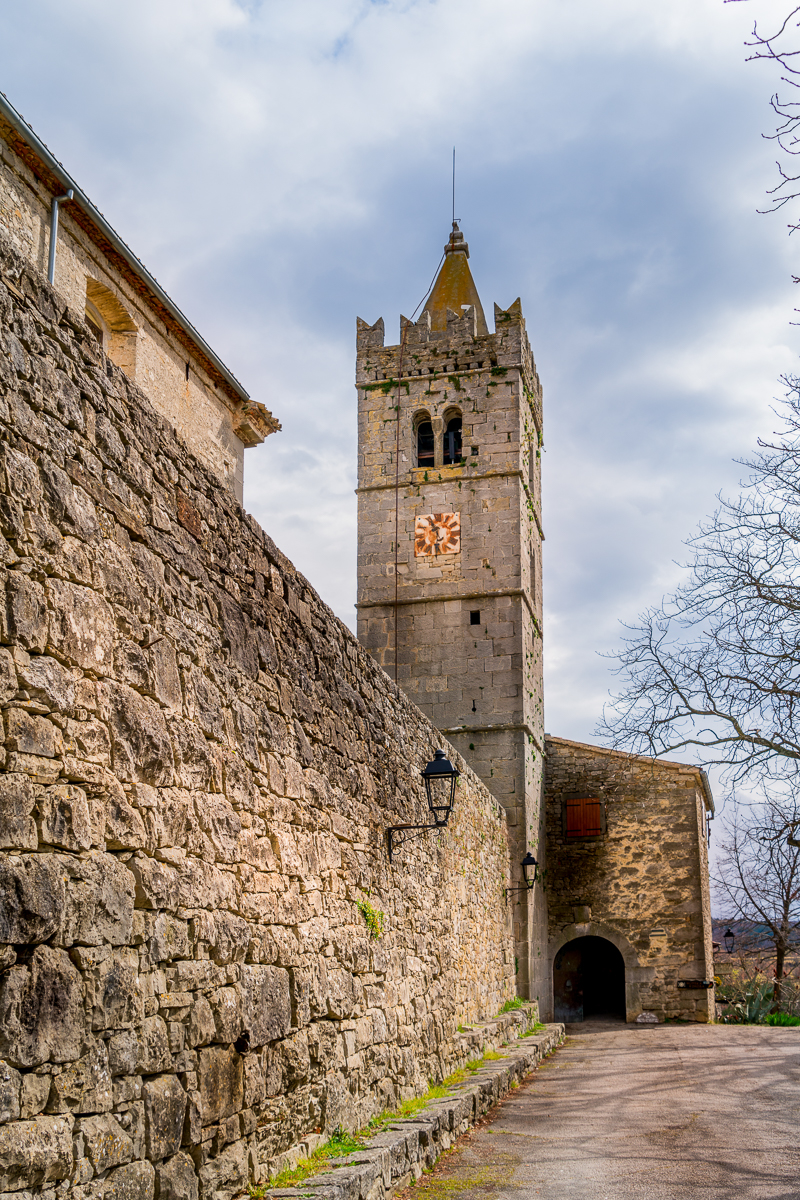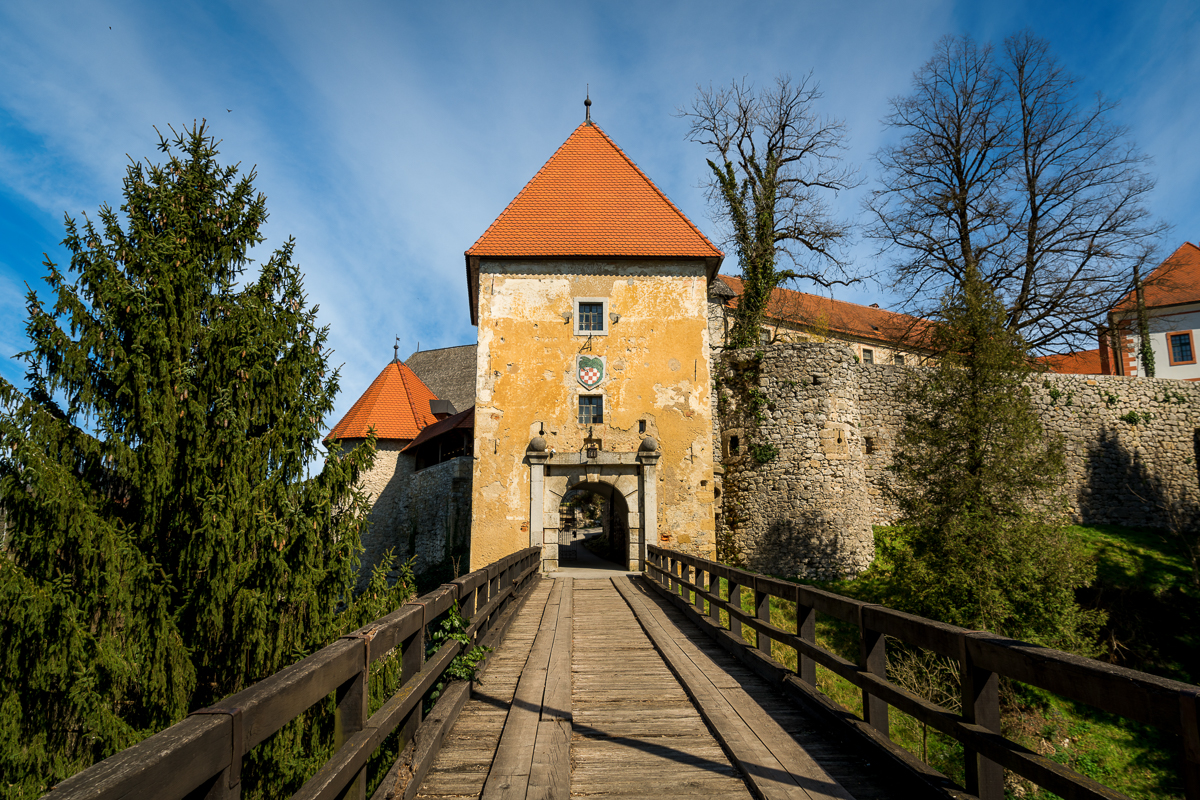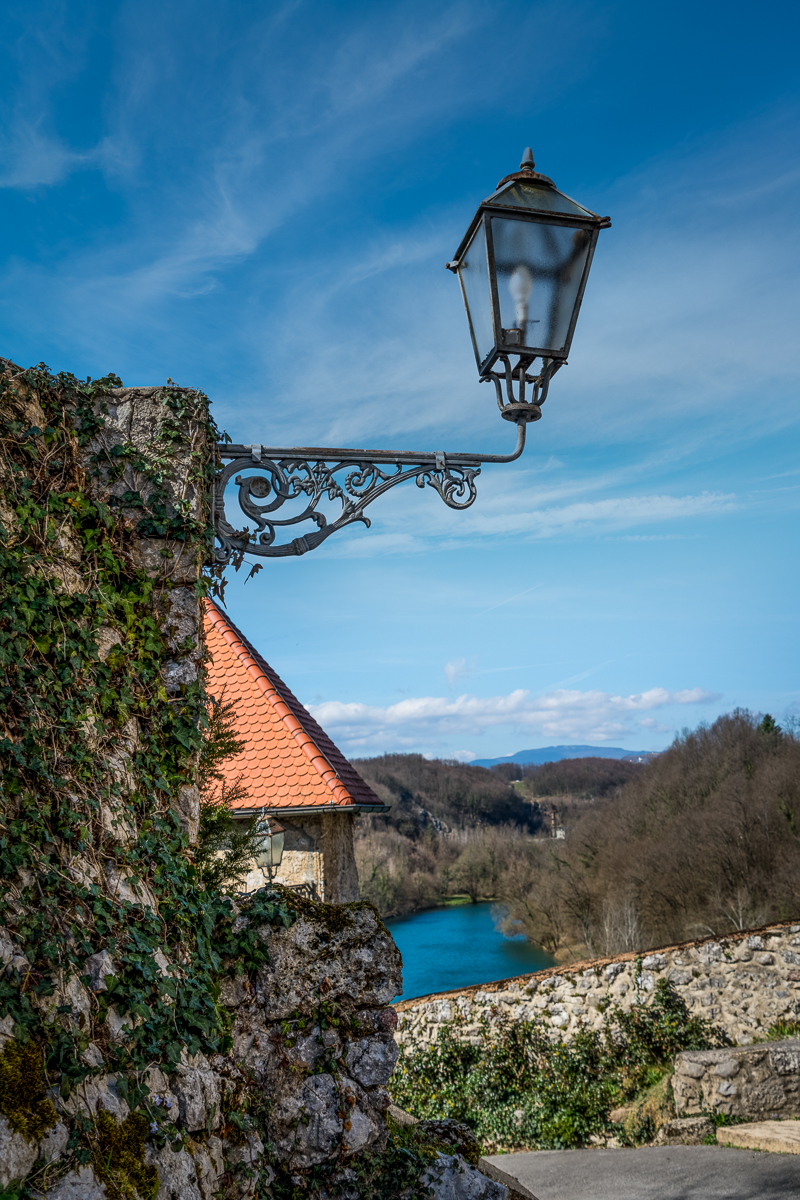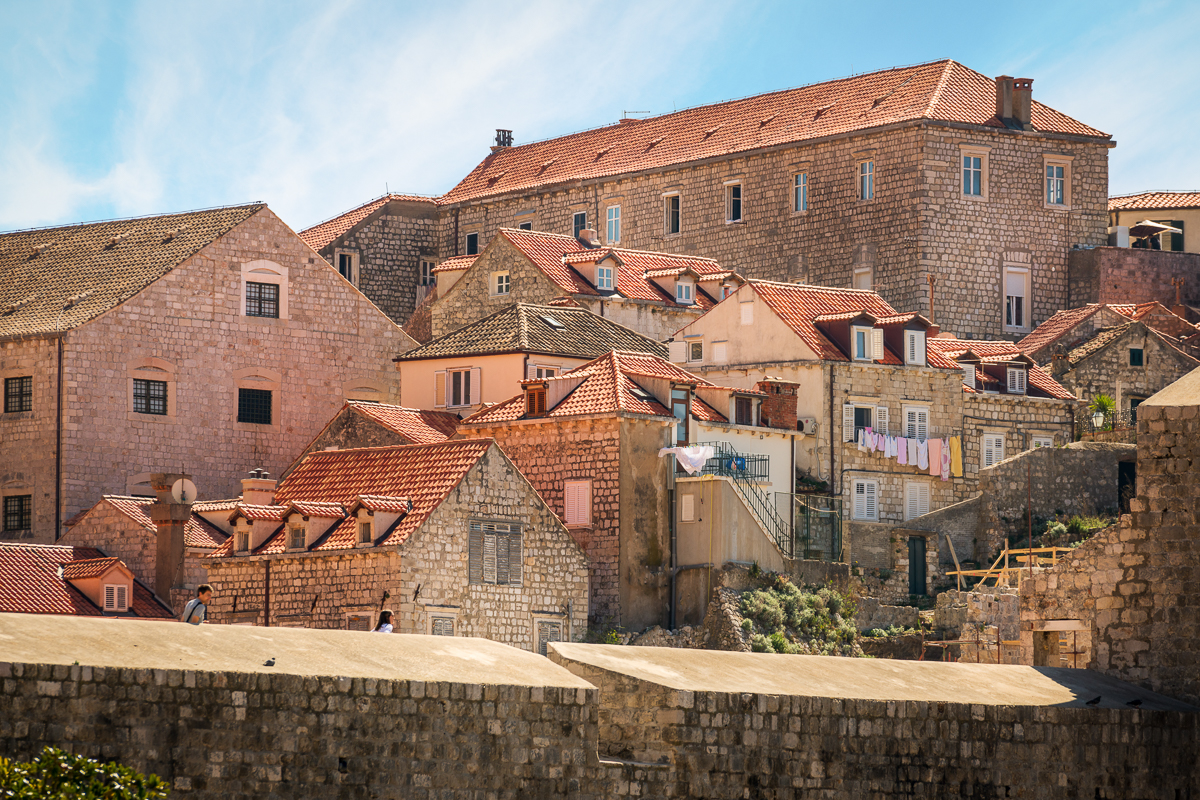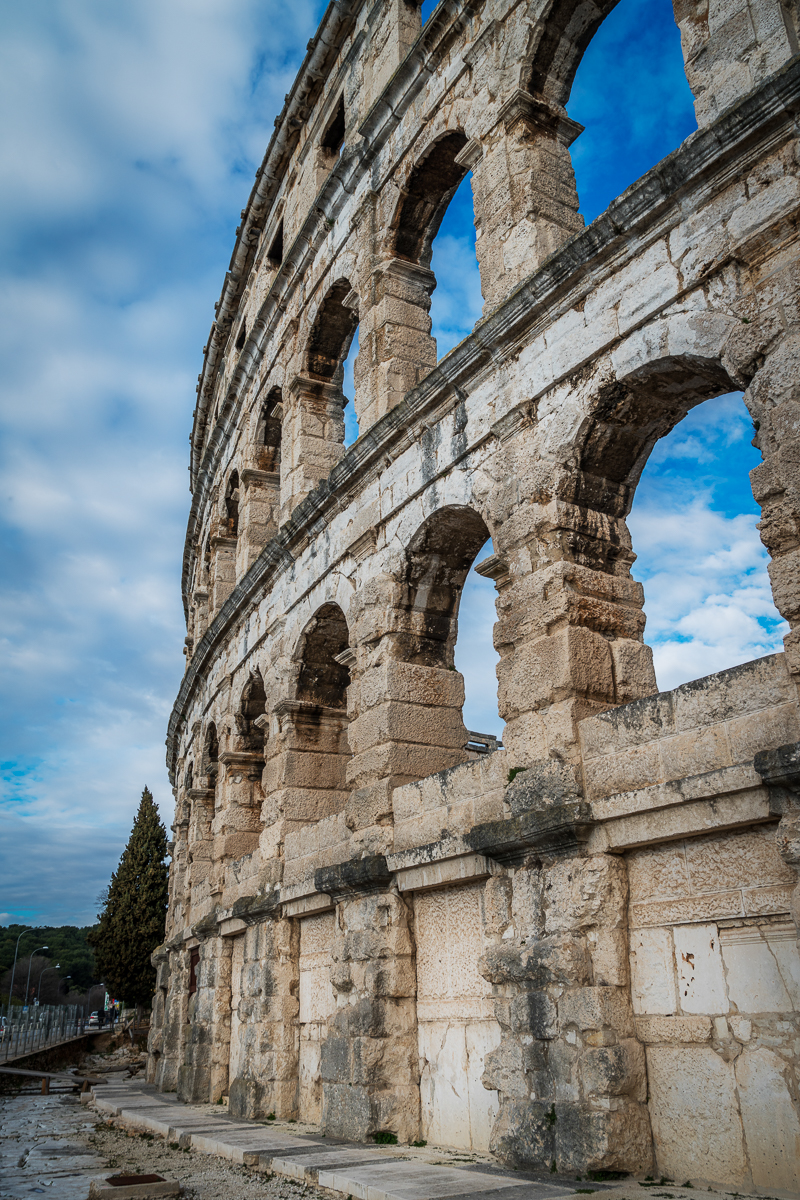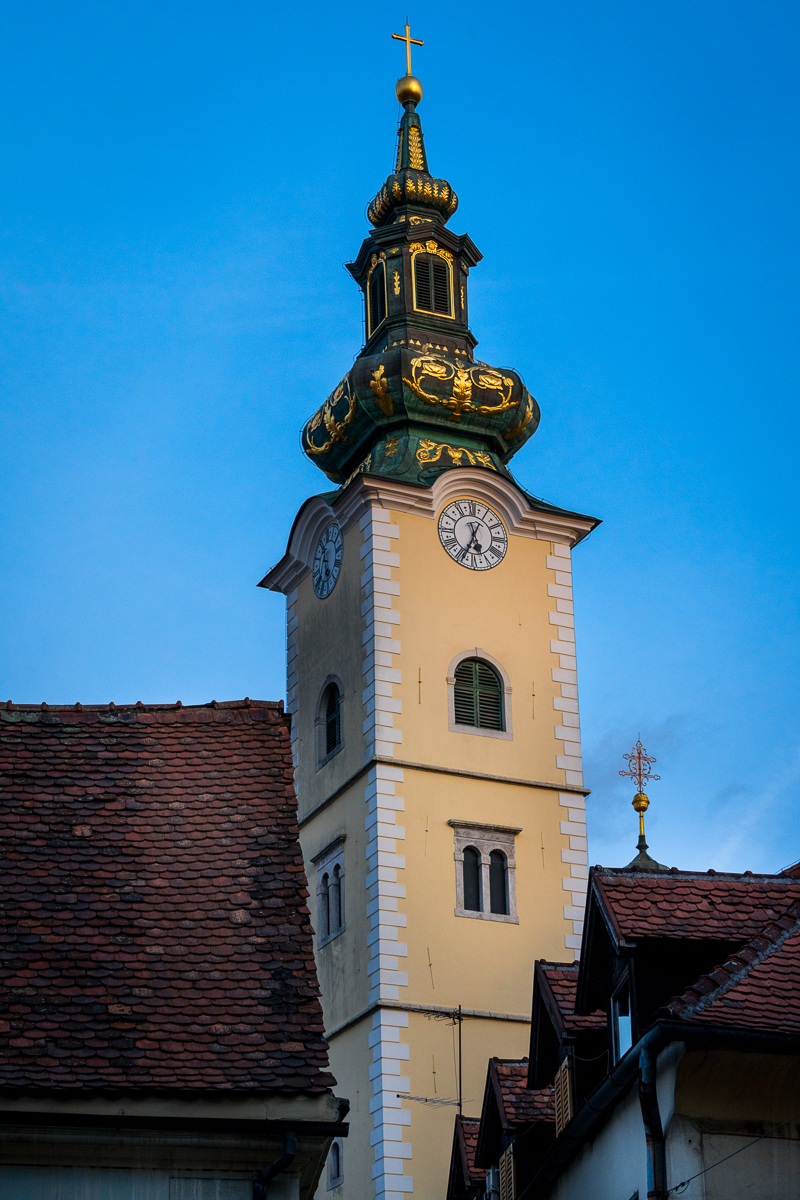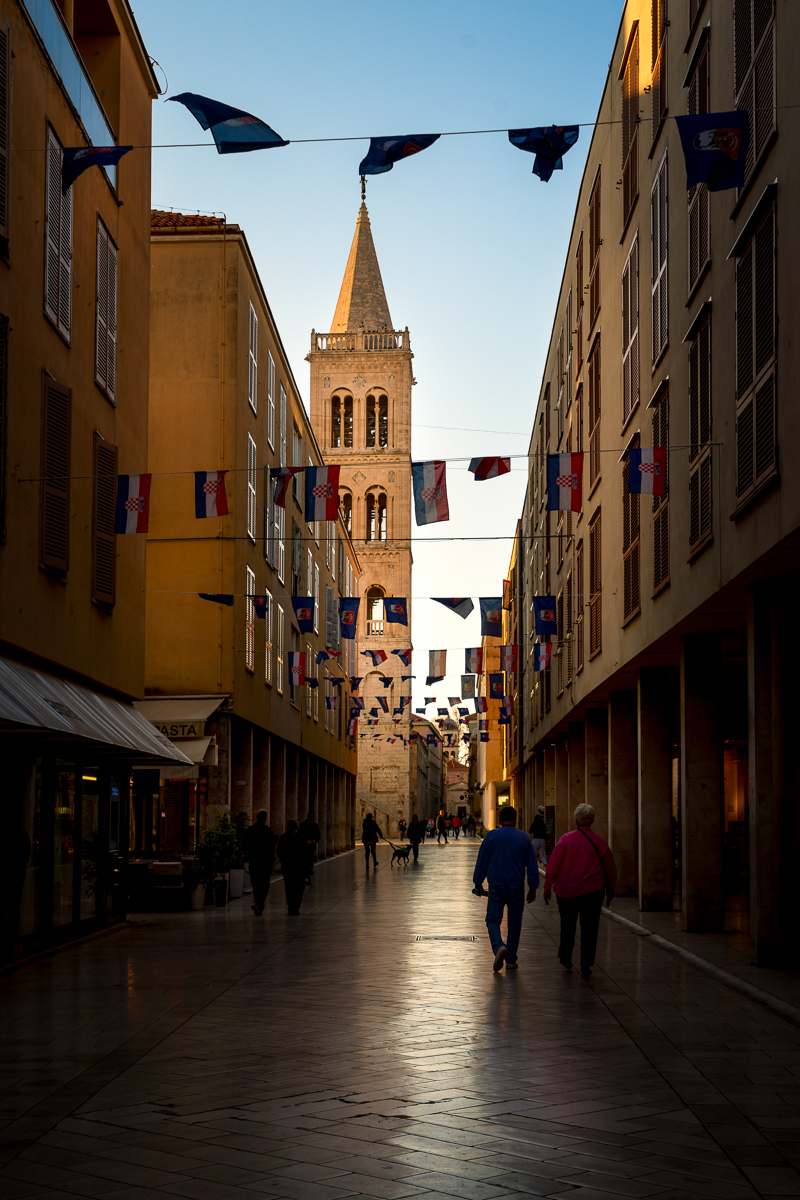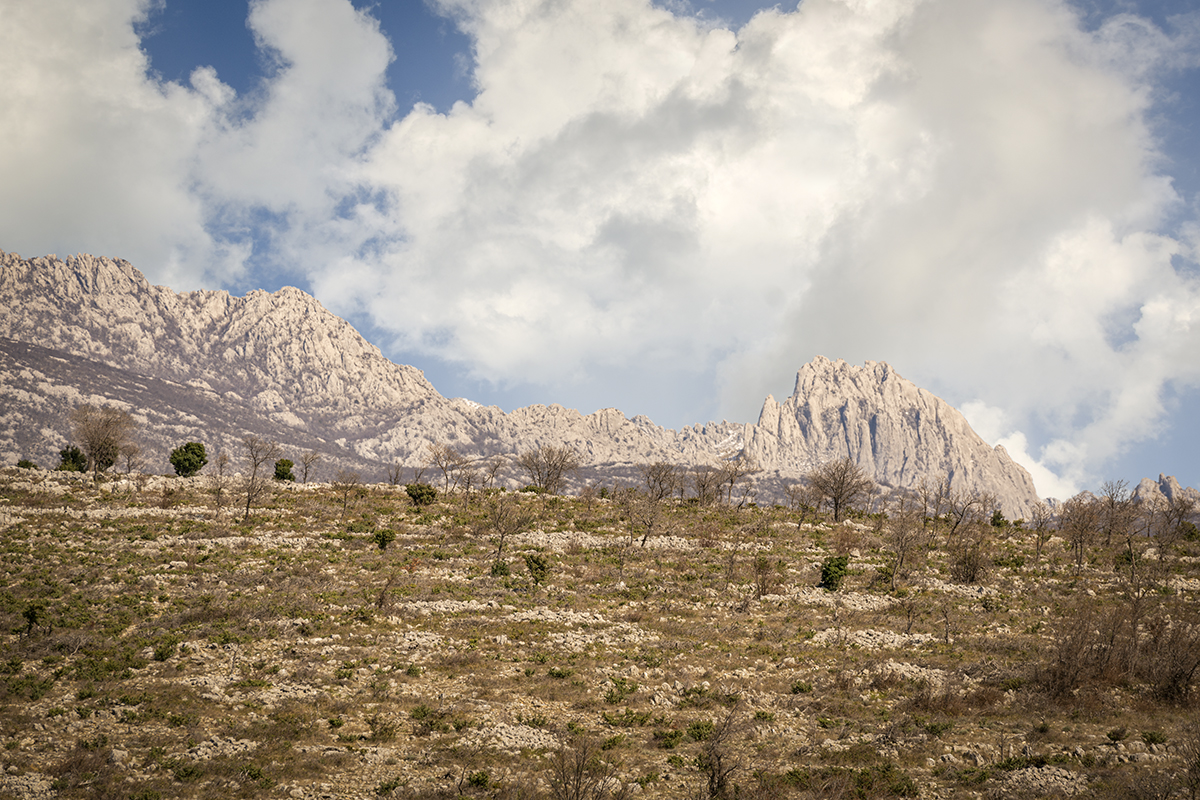We were expecting to visit a country full of tradition, a rich variety of food, wonderful scenery and amicable people. We were wrong! What we did find out was a stunning country with very warm people everywhere welcoming us to enjoy the beauties of the place.
We enjoyed so many different platters that we don’t even remember their names anymore but stands out: Štrukli, found mostly in the Zagreb region, which is a dough with various types of fillings like local cheese, cream, eggs, either cooked or baked.
Even though it was still March and the vegetation was on his way to pick up, no doubt, the striking landscapes and cityscapes made us a difficult task to select which pictures should be included in this brief photographic essay about Croatia divided into a few aspects we found there. There is more though! Just go there and admire everything!


